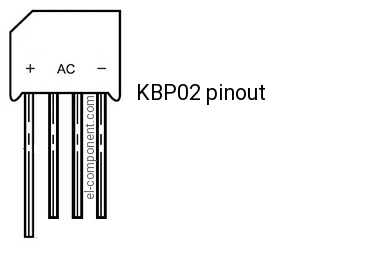Hi all,
I've got this Rx with that issue it's automatically burned the main two fuses.
i've got a recommendation to begin with the 4 output transistors (to220).
i took them all out together with the heat sink. i tested each of them and i think they are fine.
(im afraid i didn't understand 100% how to check if they are good or not)
meantime, another guy here on AK recommend me using "Dim Bulb Tester".
so, i make myself one, with 60W bulb (My country is 230V).
I turned ON the Rx, while all the transistor and heat sink are dismantled. (see pic attached).
Im not sure if my conclusions are correct, so i wanted to ask for your help.
in this case while i turned ON the Rx, the bulb was lighted with healthy power, which means i have a short in the RX.
from here, i assume that the short is in the circuit somewhere "before" the output transistors.
because, otherwise, in this scenario, i would expect to get an open circuit, isn't it?! (question #1)
if so, where else can i look for the shortage? (question #2)
Thanks
P.s
I wasn't sure whether it's a good idea to power ON the Rx while its not "complete" (transistors dismantle) but i did it... hope it doesn't might make any other faults in the Rx
transistors just hanging like that for shot the picture. i will use the insulators later.

I've got this Rx with that issue it's automatically burned the main two fuses.
i've got a recommendation to begin with the 4 output transistors (to220).
i took them all out together with the heat sink. i tested each of them and i think they are fine.
(im afraid i didn't understand 100% how to check if they are good or not)
meantime, another guy here on AK recommend me using "Dim Bulb Tester".
so, i make myself one, with 60W bulb (My country is 230V).
I turned ON the Rx, while all the transistor and heat sink are dismantled. (see pic attached).
Im not sure if my conclusions are correct, so i wanted to ask for your help.
in this case while i turned ON the Rx, the bulb was lighted with healthy power, which means i have a short in the RX.
from here, i assume that the short is in the circuit somewhere "before" the output transistors.
because, otherwise, in this scenario, i would expect to get an open circuit, isn't it?! (question #1)
if so, where else can i look for the shortage? (question #2)
Thanks
P.s
I wasn't sure whether it's a good idea to power ON the Rx while its not "complete" (transistors dismantle) but i did it... hope it doesn't might make any other faults in the Rx
transistors just hanging like that for shot the picture. i will use the insulators later.






